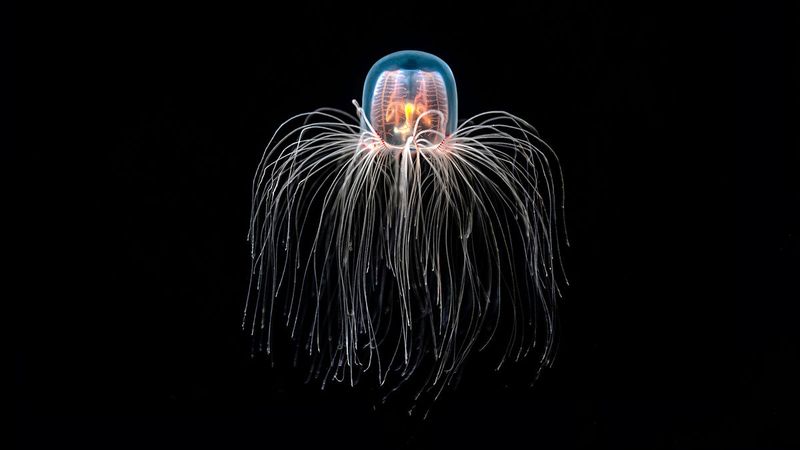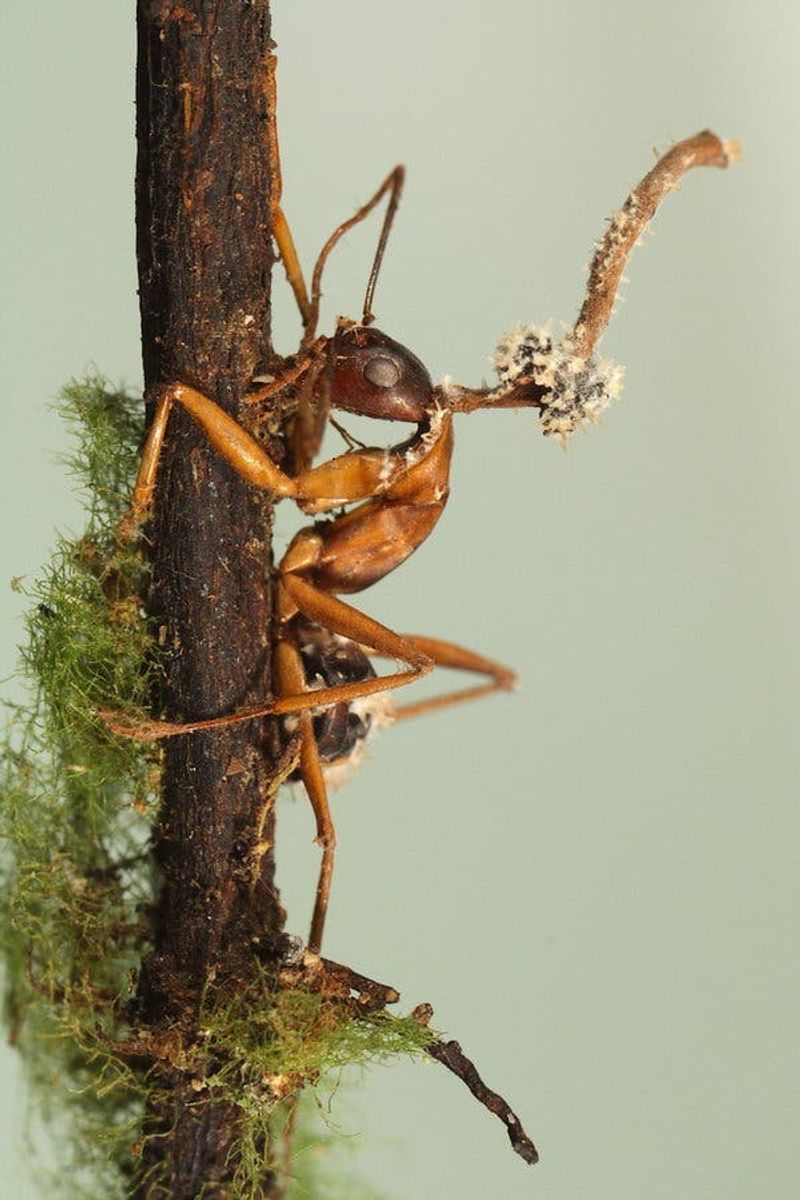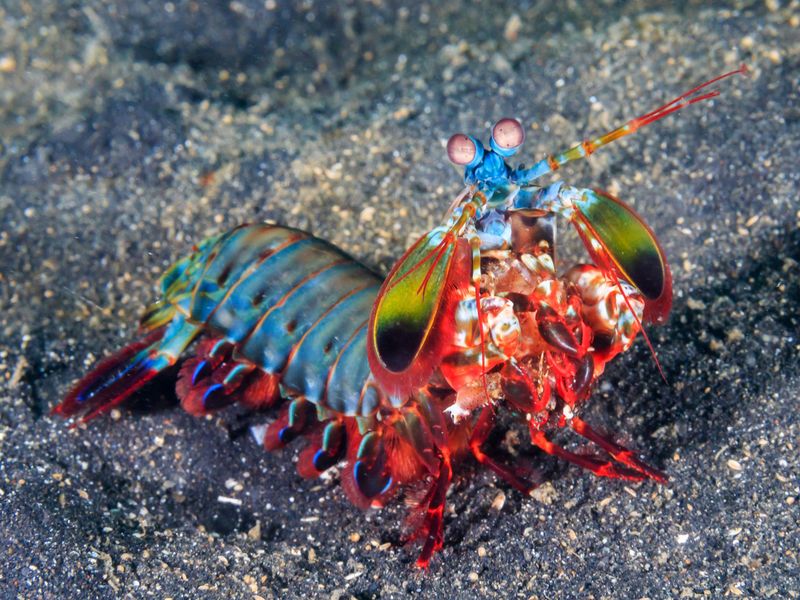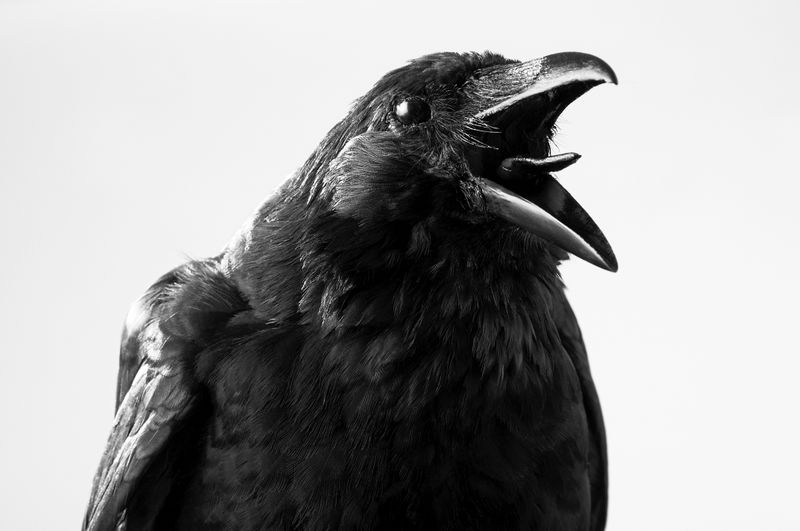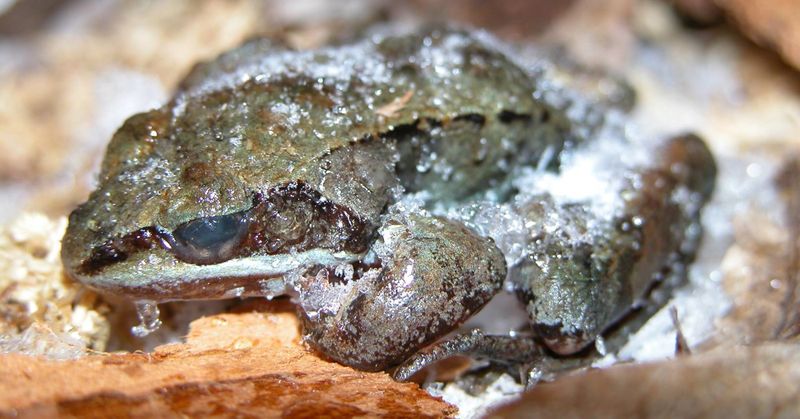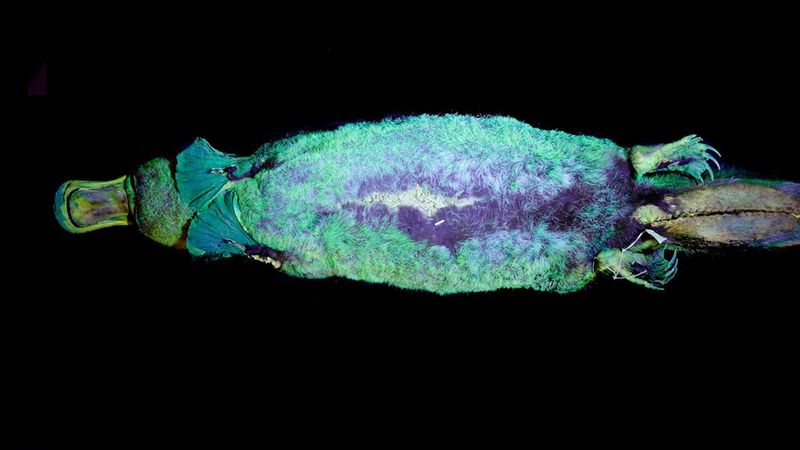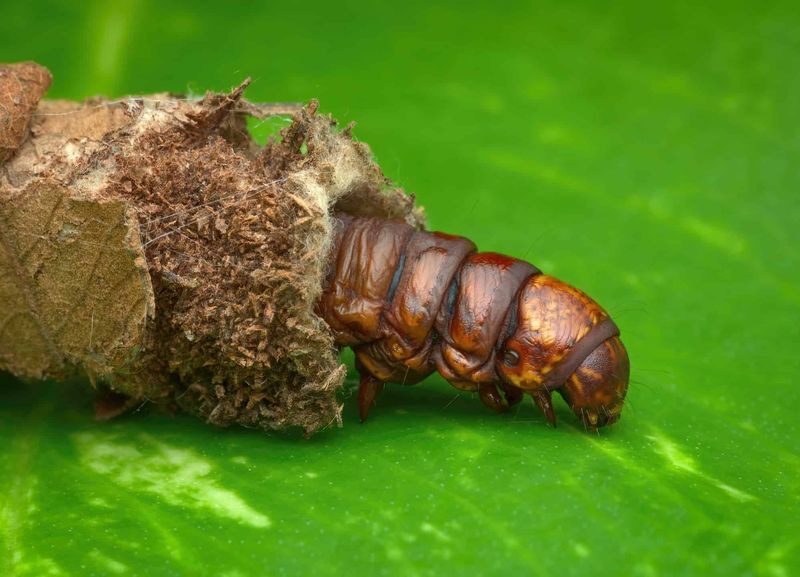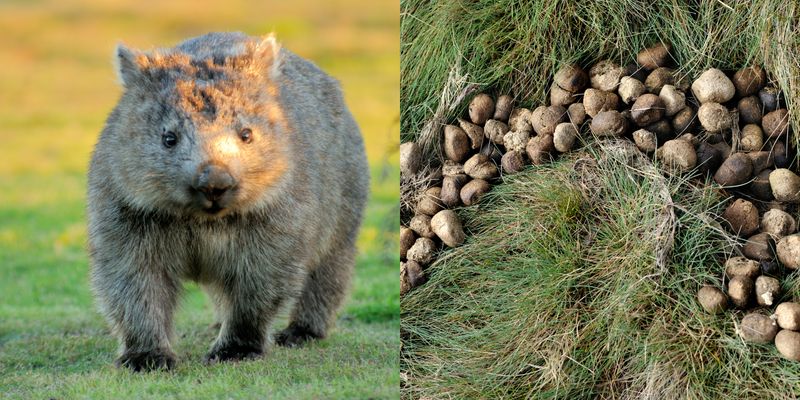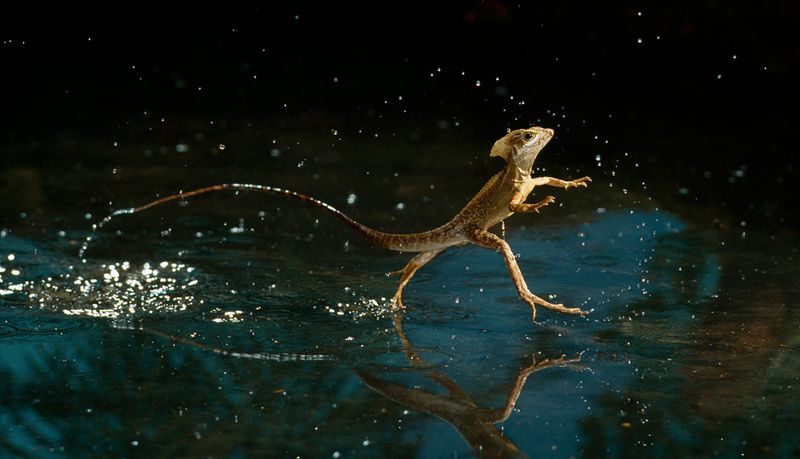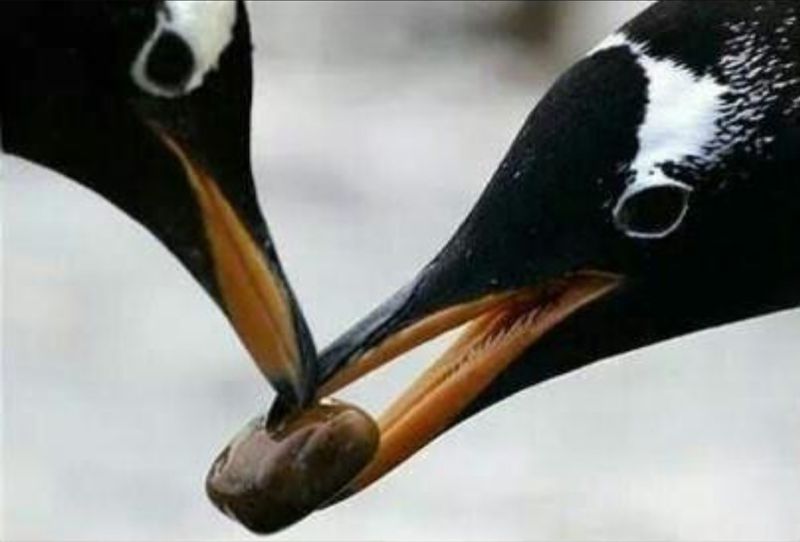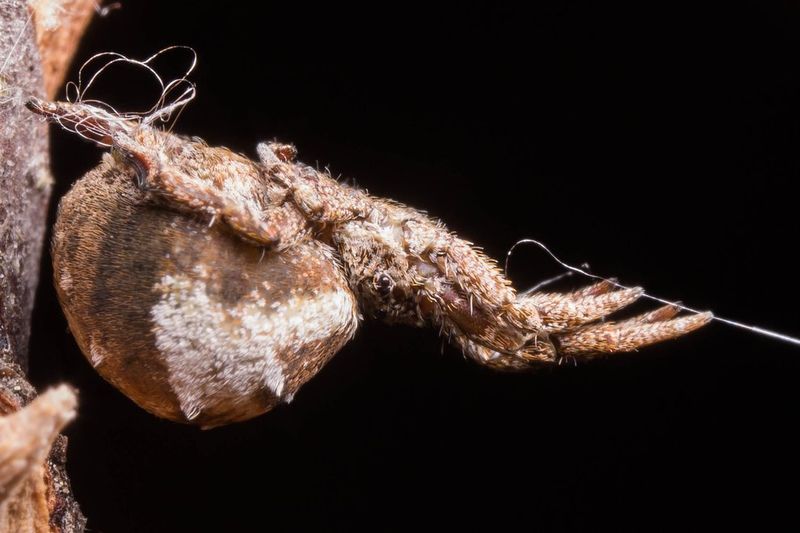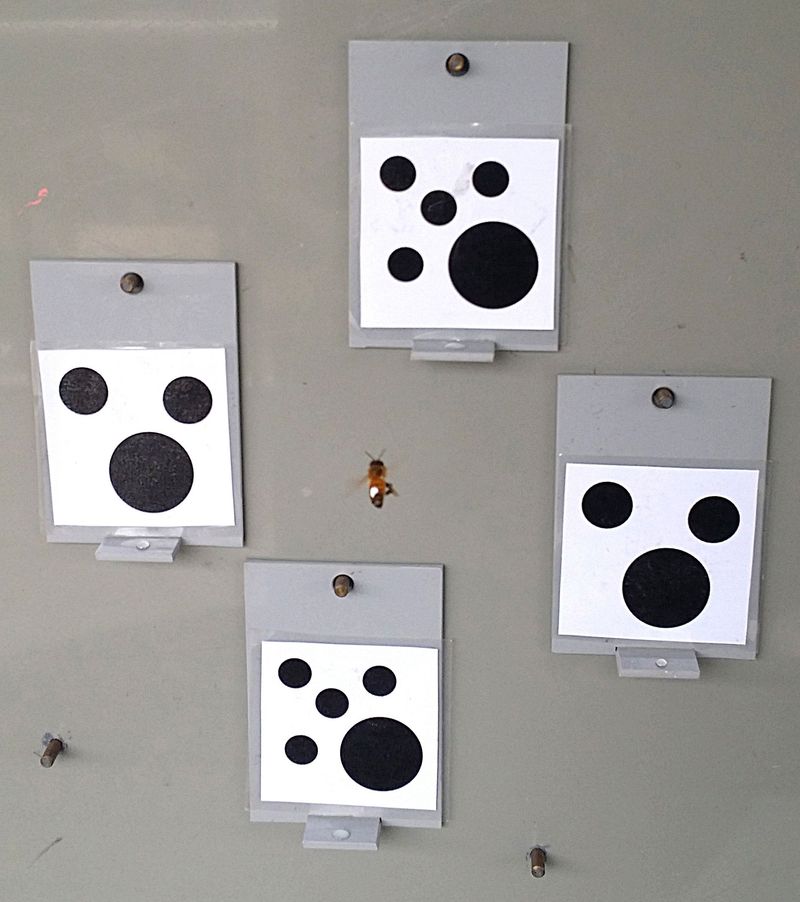Nature is absolutely bonkers—and that’s what makes it so fascinating. From exploding ants to shape-shifting octopuses, here are 21 wild facts that prove Mother Nature might just be the most unpredictable force out there.
Octopuses Have Three Hearts and Blue Blood
Octopuses are not your average sea creatures. These fascinating beings possess three hearts, two of which pump blood to the gills, while the third circulates it to the rest of their body. What sets them apart even more is their blue blood, which is due to hemocyanin, a copper-based molecule. This helps them survive in cold ocean depths where oxygen is scarce. Imagine the octopus gracefully gliding through the water, its tentacles trailing behind, embodying a true wonder of the sea.
The Immortal Jellyfish Can Literally Cheat Death
Turritopsis dohrnii, known as the immortal jellyfish, holds the secret to eternal life. When faced with stress or injury, it reverts its cells to an earlier state, effectively starting its life cycle anew. This cellular transformation allows it to avoid death, making it a biological marvel. Picture the jellyfish, a glowing beacon in the ocean’s depths, floating seamlessly as it defies the natural order of life and death.
There’s a Fungus That Turns Ants Into Zombies
Cordyceps fungi possess a sinister ability—they turn ants into zombies. Once the spores invade an ant’s body, they manipulate its behavior, compelling it to climb to a high point. Eventually, the fungus consumes the ant and releases spores to infect others. It’s like a real-life horror movie unfolding in the insect world. Imagine the eerie sight of an ant, overtaken by the fungus, climbing towards its inevitable fate.
Mantis Shrimp Punch With the Force of a Bullet
Mantis shrimp are the boxers of the sea. With a punch that rivals the speed of a bullet, they create cavitation bubbles—tiny shockwaves that can stun or kill prey. This incredible force is unleashed in milliseconds, making them formidable hunters. Envision the mantis shrimp, vibrant and poised, delivering a lightning-fast punch that echoes through the ocean.
Crows Can Recognize and Remember Human Faces
Crows are more than just birds; they’re intelligent social creatures. They have an uncanny ability to recognize human faces and remember them for years. This skill extends beyond recognition, as crows can communicate the information to their peers. Imagine a crow observing you with keen eyes, filing away your features in its memory, an avian detective of sorts.
Some Frogs Freeze Solid and Then Thaw Back to Life
Wood frogs are nature’s ice kings. These amphibians can survive being frozen solid during winter months, their bodies encased in ice. Remarkably, once temperatures rise, they thaw and resume their normal activities. Visualize a wood frog, encased in a frozen slumber, awakening as the snow melts, hopping away as if nothing happened. It’s a testament to nature’s resilience.
Platypuses Glow Under UV Light
Platypuses are already peculiar with their duck-billed, egg-laying ways, but they have another trick up their sleeves. Under UV light, their fur fluoresces in greenish-blue hues. This unusual trait adds another layer to their enigmatic existence. Picture the platypus, basking by a riverbank, its fur emitting an ethereal glow as it traverses the shadows.
There’s a Fish That Can Climb Waterfalls
The Hawaiian goby defies gravity with its incredible ability to climb waterfalls. Using its mouth and pelvic fins like suction cups, this fish ascends wet rock surfaces. It’s a testament to adaptation in action, as the goby navigates the challenging terrain. Imagine the goby, inching its way up the waterfall, defying the odds with its tenacious spirit.
A Caterpillar Can Fire Its Head Like a Catapult
Bagworm caterpillars have a unique defense mechanism—they can launch their heads like catapults. When threatened, these caterpillars propel their heads up to 60 times their body length to deter predators. It’s an unexpected tactic in the insect world, showcasing nature’s creativity. Visualize the caterpillar, poised and ready, launching its head with surprising agility.
Pistol Shrimp Create Cavitation Bubbles That Stun Prey
Pistol shrimp are nature’s underwater gunslingers. By snapping their claws at incredible speeds, they create cavitation bubbles that stun prey. This sudden burst of energy even produces a flash of light, an astonishing display in the ocean’s depths. Envision the pistol shrimp, its claw poised to deliver a stunning snap, as light and bubbles burst forth.
Wombat Poop Is Cube-Shaped
Wombats have an unusual claim to fame—their poop is cube-shaped. This peculiar geometry helps prevent the droppings from rolling away, marking their territories more effectively. It’s a quirky adaptation that sets wombats apart in the animal kingdom. Imagine a wombat in the wild, its cube-shaped droppings neatly stacked like little building blocks.
There Are Lizards That Can Walk on Water
Basilisk lizards, known as the Jesus Christ lizards, can dash across water surfaces. Their rapid movement creates pockets of air, allowing them to run on water for short distances. It’s a breathtaking spectacle of agility and speed. Picture the basilisk lizard, its legs a blur, skimming the water’s surface as it defies gravity with each step.
Sloths Can Hold Their Breath Longer Than Dolphins
Sloths, known for their leisurely lifestyles, have a surprising talent—they can hold their breath underwater for up to 40 minutes, surpassing dolphins. This ability is due to their slow metabolism, allowing them to conserve oxygen. Envision a sloth, drifting lazily in a river, taking its time while nature unfolds around it, showcasing unexpected prowess.
Some Sharks Can Glow in the Dark
In the ocean’s depths, certain sharks possess bioluminescence, allowing them to glow in the dark. This ethereal glow aids in camouflage and communication, a mesmerizing adaptation. Picture a bioluminescent shark, its body aglow as it swims through the dark abyss, a ghostly apparition in the deep sea.
Penguins Propose With Pebbles
Adélie penguins have a charming courtship ritual—proposing with pebbles. Males present their chosen mates the finest pebbles they can find, a gesture of commitment in the penguin world. Visualize a penguin, tenderly selecting a pebble, a token of love as it offers it to its mate, starting a new chapter together.
A Spider Species Catapults Itself at Prey
The triangle-weaver spider takes hunting to new heights with its catapulting ability. Using a tension-loaded web, it flings itself towards prey at remarkable speeds. This swift maneuver makes it a formidable hunter in the spider world. Imagine the spider, suspended in its web, ready to launch, a stealthy predator in action.
There’s a Fish That Looks Like It’s Always Frowning
The blobfish, with its perpetually frowning face, is a deep-sea enigma. This expression results from the high-pressure environment it resides in, becoming a gelatinous blob when brought to the surface. Picture the blobfish, its droopy features embodying the mysteries of the deep, a testament to the ocean’s eccentricities.
Giraffes Only Need 5 to 30 Minutes of Sleep a Day
Giraffes are the insomniacs of the animal kingdom, needing only 5 to 30 minutes of sleep a day. They nap in short bursts, usually standing, to avoid predators. Imagine a giraffe, towering and vigilant, snatching moments of rest amidst the savannah’s vastness, embodying endurance and alertness.
Some Sea Slugs Absorb Solar Energy Like Plants
Certain sea slugs are part animal, part plant, as they absorb solar energy. They steal chloroplasts from algae they consume, allowing them to photosynthesize. Visualize a sea slug, vibrant and luminous, basking in sunlight amidst a coral reef, a living solar panel thriving in the ocean’s gardens.
Bees Can Understand the Concept of Zero
Bees, small yet intelligent, grasp the abstract concept of zero. This cognitive feat is rare among non-human species, showcasing their complex thought processes. Picture a bee, buzzing around, engaging with numbers, its tiny mind contemplating the absence of quantity—a mathematical trailblazer in the insect world.
Exploding Ants Sacrifice Themselves for the Colony
Some ants are true warriors, sacrificing themselves for the greater good. Certain species have the ability to rupture their bodies, releasing toxic substances to fend off intruders. This selfless act ensures the colony’s survival. Imagine the ant, a small but mighty defender, exploding in a final act of valor to protect its kin.


